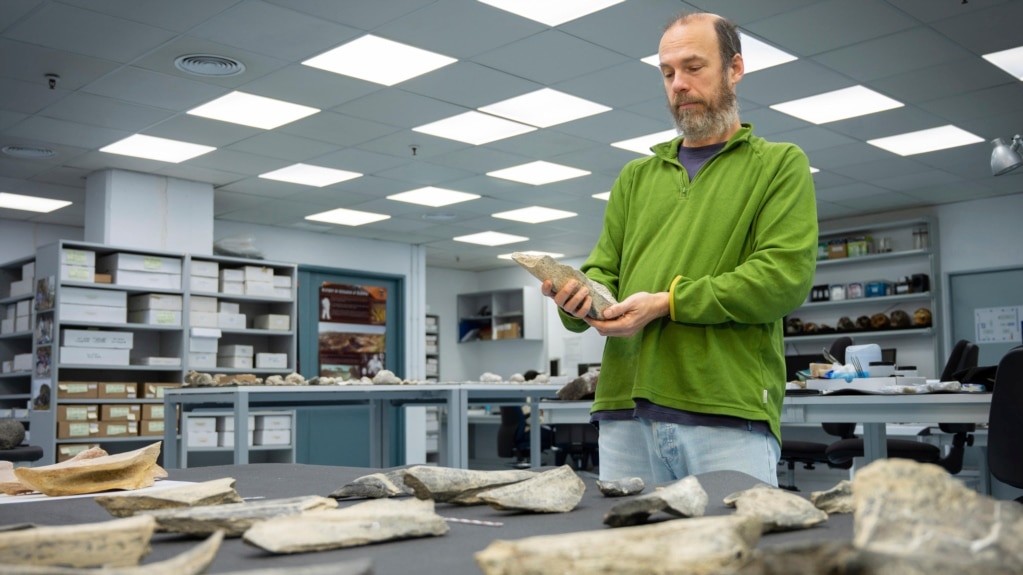A recent discovery of bones in Tanzania suggests early humans commonly used animal bones to make cutting tools 1.5 million years ago.
Past research has shown our early ancestors made simple tools from stones as early as 3.3 million years ago. But bone tools appear to have been developed much later.
The discovery in Tanzania included a collection of 27 formed and sharpened bones. It pushes back the date for ancient bone tool use by around 1 million years.
Researchers recently described their discovery in a study in the scientific publication Nature.
William Harcourt-Smith is a scientist with the American Museum of Natural History. He did not take part in the latest research.
Harcourt-Smith told The Associated Press the findings show that ancient humans used a number of materials and “had rather more complex tool kits than previously we thought."
The bone tools measured up to around 40 centimeters. Most of them came from the leg bones of large animals such as elephants and hippos. Early humans likely made the tools by breaking off the thick ends of leg bones and using a stone to remove smaller pieces.
Ignacio de la Torre is with the Spanish National Research Council. He helped lead the research. De la Torre said this method was likely used to create one sharpened edge and one pointed tip. The bone tools were “probably used as a hand axe,” he added.
The “hand axe” was likely used for cutting up dead animals, de la Torre said. This kind of blade would be helpful for removing meat from dead elephant and hippo bodies. He explained, “We don’t believe they were hunting these animals. They were probably scavenging.”
Scavenging means to search for food from waste or dead animals.
Some of the bone tools showed signs of having been hit more than ten times, suggesting careful work.
Mírian Pacheco is a researcher with the Federal University of Sao Carlos in Brazil. She was not involved in the study.
Pacheco said the newly uncovered evidence suggests early humans were thoughtful when choosing and making the bone tools. Researchers believe this because certain kinds of large and heavy leg bones were taken from specific animals. Also, the methods used to make the tools appeared to be regular, or consistent.
The researchers noted the bones showed only small signs of damage. Pacheco said she thinks this rules out the possibility that natural causes shaped the tools.
The bone tools date from more than a million years before our species, Homo sapiens, arose around 300,000 years ago.
At the time the tools were made, three different species of human ancestors lived in the same area of East Africa. That information comes from Briana Pobiner of the Smithsonian’s Human Origins Program. Pobiner was not involved in the study.
The tools may have been made and used by Homo erectus, Homo habilis or Paranthropus boisei, she said. “It could have been any of these three, but it’s almost impossible to know which one.”
I’m John Russell.

